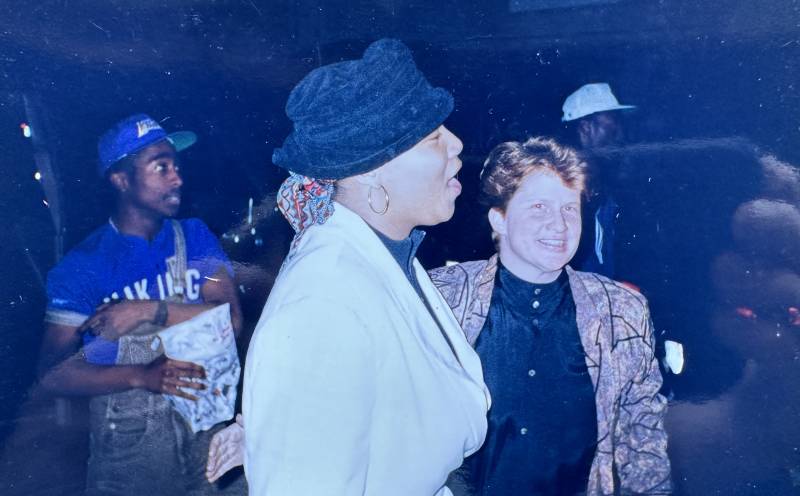The Wedding
2016 - Film & Video (Film & Video)
3'loop
Yuri Ancarani
The Wedding is a silent film, a probing observation of marriage rituals in Qatar in which we soon notice that there is not a single woman visible. The film is part of the broader project The Challenge through which the artist depicts the boredom and rituals endured by young Qatari men throughout various forms of costly and codified entertainment, including the highly theatrical practices of falcon hunting or car racing. The strange, almost surreal, choreography set against an artificial, overexposed backdrop, highlights the privileged presence of men in this part of the world, grouped together by sex and social class. Isolated from the rest of the world, a large tent becomes the theatrical stage. Within this paradigm, silence operates to put the spectator directly in relation with what they see without a mediating discourse.
Yuri Ancarani’s films are quasi-hypnotic devices; following highly unique bodily and site-specific choreographies, drawing sensitive portraits of human relations. Having been awarded numerous prizes in various festivals, the artist is renowned in both the visual art and the documentary film scenes, His preferred mode of presentation is to show his films in gallery spaces, where spectators can experience the physical presence of the images in different ways. Ancarani works without a precise script, choosing instead a process that favors an experiential depiction of the subject and location, and the creative use of film production techniques. There is not necessarily a discernable narrative in his work, but rather compositions of images or sequences that might be isolated from one another in a discontinuous way without disrupting the coherence of the film. Central characters are often loci for an analysis of certain types of masculinity. The director selects moments in which the expressiveness of the body highlights the rituals through which such behaviors are perpetuated.
Colors:
Related works sharing similar palette
» see more

© » KADIST
Seulgi Lee
2018The Korean title for U: Repair the cowshed after losing the cow = Too late is —a famous Korean proverb meaning “you are doing something when you are already late to do it”...

© » KQED
How LGBTQ+ Hip-Hop Artists Found Their Voices and Changed Culture | KQED Skip to Nav Skip to Main Skip to Footer That's My Word How LGBTQ+ Hip-Hop Artists Found Their Voices and Changed Culture Nastia Voynovskaya Dec 6 Save Article Save Article Failed to save article Please try again Facebook Share-FB Twitter Share-Twitter Email Share-Email Copy Link Copy Link Tupac, Queen Latifah and Page Hodel at Hodel's LGBTQ+ party, The Box, in the early '90s...

© » ARTS EQUATOR
What to expect from the Repertory Philippines stage in 2019 (via Rappler) | ArtsEquator Thinking and Talking about Arts and Culture in Southeast Asia Articles Photo by Steph Arnaldo/Rappler December 27, 2018 MANILA, Philippines – Theater junkies of all ages will be happy to know that our local theater scene has some top-notch stage entertainment up its talented sleeve for everyone to enjoy in 2019...
Related artist(s) to: Yuri Ancarani » Andrea Romano, » Danilo Correale, » Edoardo Bonaspetti, » Francesco Arena, » Gabriel Abrantes, » Giorgio Andreotta Calò, » Liliana Moro, » Linda Fregni Nagler, » Nico Vascellari, » Rossella Biscotti
» see more

© » KADIST
Rossella Biscotti
In a broader sense, the meaning of ‘blackout’ —primarily an electrical failure or momentary interruption, opens up to new organizations, perceptions and different ways of experiencing time and space...

© » KADIST
Rossella Biscotti
2014Rossella Biscotti’s “10×10” series investigates the relationship between demographics, data processing, textile manufacturing and social structure...
Related works found in the same semantic group
» see more

© » KADIST
Chloé Quenum
2017The stained glass windows of Chloé Quenum’s Les Allégories evoke the sacred and describe the movement of a rooster in the form of patterns extracted from a wax fabric found in Benin...




